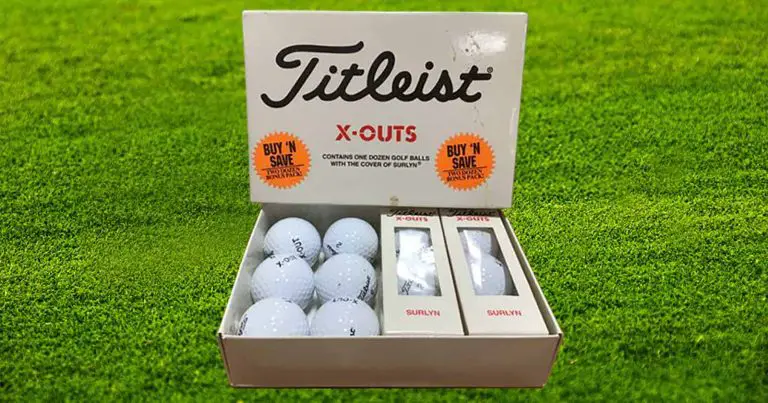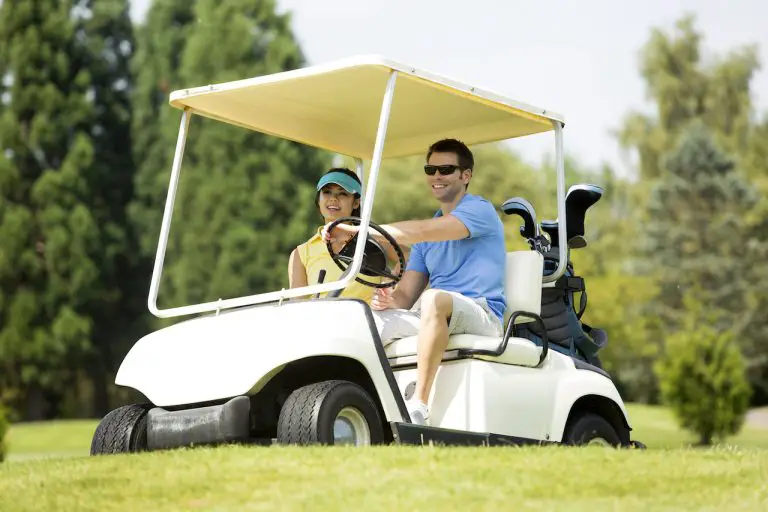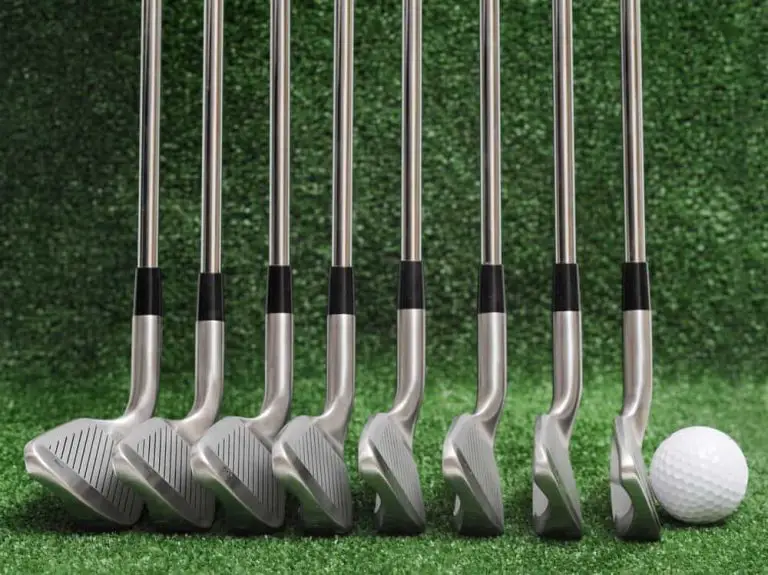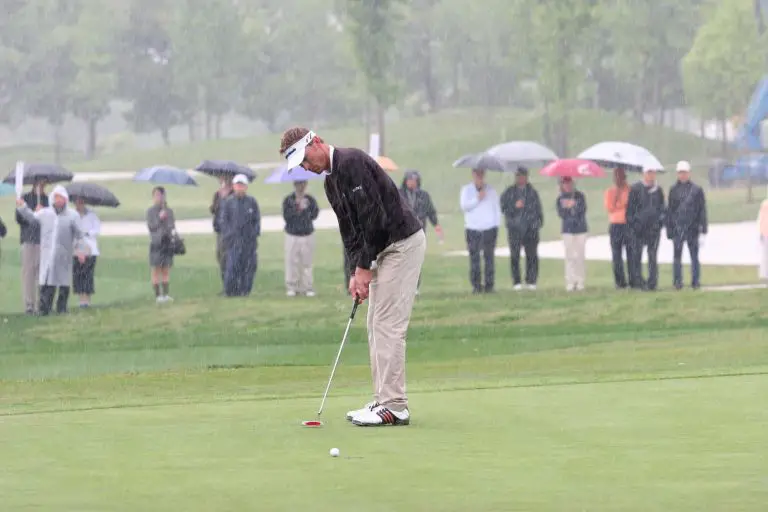How To Prevent Golf Blisters
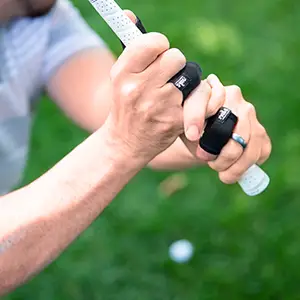
Playing golf should be an enjoyable and comfortable experience, but the presence of blisters on your feet can quickly turn a round of golf into a painful ordeal. Golf blisters, caused by friction and repetitive motion, can hinder your performance and distract you from your game. However, with the right prevention strategies in place, you can minimize the risk of developing blisters and focus on playing your best.
In this comprehensive guide, we will explore effective techniques and practical tips to prevent golf blisters. From understanding the underlying causes of blisters to selecting the right footwear and implementing proper foot care practices, we’ll cover all aspects of blister prevention in golf.
You’ll discover the importance of choosing the right golf shoes and socks, maintaining foot hygiene, and gradually breaking in your shoes to minimize friction. We’ll also delve into pre-round preparation techniques, common mistakes to avoid, and long-term solutions to build foot strength and resilience.
By implementing the strategies outlined in this guide, you can protect your feet from blisters and enjoy your golfing experience to the fullest. Let’s dive in and learn how to prevent golf blisters, allowing you to focus on the game and play comfortably round after round.
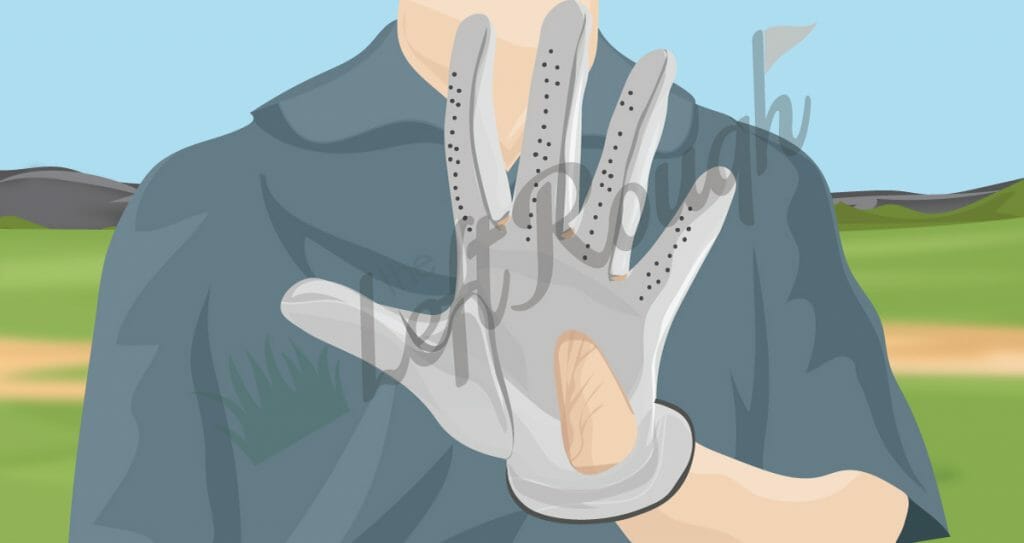
Understanding the Causes: Why Do Golf Blisters Occur?
Before delving into prevention strategies, it’s important to understand why golf blisters occur. Friction, moisture, ill-fitting shoes, and repetitive motion play a significant role in blister formation. By understanding these factors, you can implement targeted measures to minimize the risk of blisters.
Choosing the Right Golf Shoes for Blister Prevention
Proper footwear is a critical factor in blister prevention. This section will guide you in selecting the right golf shoes to reduce friction and enhance comfort. We’ll discuss the importance of shoe materials, fit, cushioning, and breathability. By choosing golf shoes that prioritize blister prevention, you can set the foundation for a comfortable round.
Socks Matter: Selecting the Best Socks for Blister Prevention
Don’t underestimate the importance of socks in preventing blisters. In this section, we’ll explore different sock materials, thickness, moisture-wicking properties, and cushioning. By selecting the right socks, you can minimize friction, reduce moisture build-up, and enhance overall comfort during your golf rounds.
Maintaining Healthy Feet: Hygiene and Moisture Control
Maintaining proper foot hygiene and moisture control is essential for blister prevention. This section will provide practical tips for foot care, including washing, drying, and applying moisture-absorbing products. By keeping your feet clean and dry, you can minimize the risk of blisters caused by excessive moisture and friction.
Breaking-in Golf Shoes: Gradual Adaptation for Foot Comfort
New golf shoes often require a break-in period to ensure a comfortable fit. This section will outline strategies for gradually adapting to new shoes, reducing the likelihood of blisters. We’ll provide step-by-step guidance on increasing wear time and practicing proper lacing techniques to minimize friction and discomfort.
Effective Pre-Round Preparation: Reduce Friction and Protect Vulnerable Areas
Preventing blisters begins before stepping onto the golf course. This section will discuss techniques for reducing friction in potential blister-prone areas. We’ll explore the use of blister prevention products such as moleskin, blister pads, or tape to protect vulnerable areas and minimize discomfort during your round.
Avoiding Common Mistakes: Overcoming Blister-Causing Habits
Certain habits and mistakes can contribute to blister formation. In this section, we’ll highlight common errors and provide tips for avoiding them. We’ll discuss the importance of managing moisture, wearing appropriate footwear, and maintaining foot care practices to prevent blisters.
Long-Term Solutions: Building Foot Strength and Resilience
Building foot strength and resilience is a proactive approach to blister prevention. This section will introduce exercises and practices to strengthen foot muscles, enhance flexibility, and promote overall foot health. We’ll also explore the use of foot orthotics or insoles for additional support and cushioning.
Troubleshooting: Treating and Healing Golf Blisters
Despite preventive efforts, blisters may still occur. This section will provide first-aid tips for treating golf blisters and promoting healing. We’ll discuss proper blister care techniques to prevent infection and alleviate discomfort, allowing you to get back on the course as quickly as possible.
Conclusion
Preventing golf blisters is crucial for maintaining comfort and performing at your best on the course. By implementing the strategies outlined in this guide, you can minimize the risk of blisters and enjoy your golf rounds without foot discomfort. Remember to choose the right golf shoes and socks, practice good foot hygiene, break in your shoes gradually, and protect vulnerable areas. Additionally, focus on building foot strength and resilience through exercises and seek professional advice when needed.
With these preventive measures in place, you’ll be able to fully concentrate on your game, swing with confidence, and navigate the course without the distraction of painful blisters. Enjoy your golfing experience to the fullest by taking care of your feet and playing blister-free rounds. Happy golfing!

